In today’s fast-paced world, achieving significant success and amassing a net worth that stands out requires more than just hard work and dedication. To think like $50 million entrepreneurs, you must embrace a specific mindset—a mindset of growth, resilience, and unwavering vision.
Really, the mindset required is not something that 99% of the population has. I’ve been fortunate enough to meet hundreds of these people myself, however. My job gave me the position and visibility to serve as their advisor and their confidante over 15 years. So, what exactly defines the entrepreneurial mindset of those who’ve achieved this esteemed benchmark?
Full disclosure: I am not worth $50 million myself (yet). Still working on it! But working in wealth management for Goldman Sachs and other top financial firms provided me with some unique insights on the super-wealthy.
As we delve deeper, let’s uncover the foundational pillars that define the psyche of a $50 million entrepreneur. Because personality and mindset are the main ingredients!
Note: This is my third blog post of ten over the next ten weeks or so, in my current series called “Advanced Financial Insights For The Entrepreneur.”
What qualifies me to write this series? After getting my MBA in Finance in 1997, I worked for several top-tier investment banks over the next 15 years. These included stints of increasing responsibilities at Goldman Sachs, Bank of America, Citigroup, and JP Morgan. Over the course of 15 years, I personally advised many entrepreneurs worth $50 million or more on how to manage their wealth, in both brokerage and fee-based arrangements.
Additionally, I am the founder of Sugarloaf Capital Group, a hedge fund with advanced quantitative strategies for wealthy families.
I have fairly deep knowledge and experience in all of the blog topics in this current series. Let’s dive in!

Entrepreneurial Vision
ALL of the super-wealthy I’ve ever met had this. At the very heart of every significant entrepreneurial endeavor lies a powerful, guiding vision. I think more than anything, vision is central to achieving and growing wealth. There are cases where some lucky people are born into wealthy families (are you listening, Prince Harry?) and don’t have to do much to maintain it.
Emotional Connection to the Idea
This deep-seated vision is more than just a blueprint or a business plan. You’ve got to possess an emotional connection to what the future could look like, to the impact you could make, and to the legacy you could leave behind. That’s a tall order! But for a vision to be truly powerful, it needs to resonate on both a personal and professional level for you. It acts as a constant reminder of ‘why’ – why your late nights, why your sacrifices, why your relentless pursuit. When times get tough, as they invariably do in the entrepreneurial journey, this vision should serve as your beacon, illuminating the path forward and offering solace in the knowledge that the struggles are part of a more significant journey.
Example
Let’s illustrate the power of vision with an example: Entrepreneur Elon Musk and his endeavors with SpaceX. Musk’s vision was not merely to create another aerospace manufacturer or service provider. His vision was (and remains) to make humanity multi-planetary. In the early days of SpaceX, they faced numerous failures. Rockets exploded, prototypes failed, and many in the industry dismissed the company as a billionaire’s folly. Yet, Musk was undeterred. He had a vision, and each setback was just a step towards achieving it. Fast forward to today, and SpaceX has not only revolutionized space travel with its reusable rockets but is also taking tangible steps towards making Musk’s vision of colonizing Mars a reality.
This is the magic of embracing a vision. It’s not about being blinded by optimism; it’s about seeing beyond the immediate hurdles, the current limitations, and the prevailing doubts. It’s about believing so deeply in a future possibility that it almost feels real today.
For you, the aspiring entrepreneur, understanding the importance of your vision is crucial. It’s easy to get lost in the daily grind, the operational intricacies, and the challenges that present themselves. However, with a robust vision, there’s clarity. Every decision, every risk, and every effort aligns with a bigger picture. It gives a sense of direction and ensures that even in the face of setbacks, there’s a clear path forward for you.
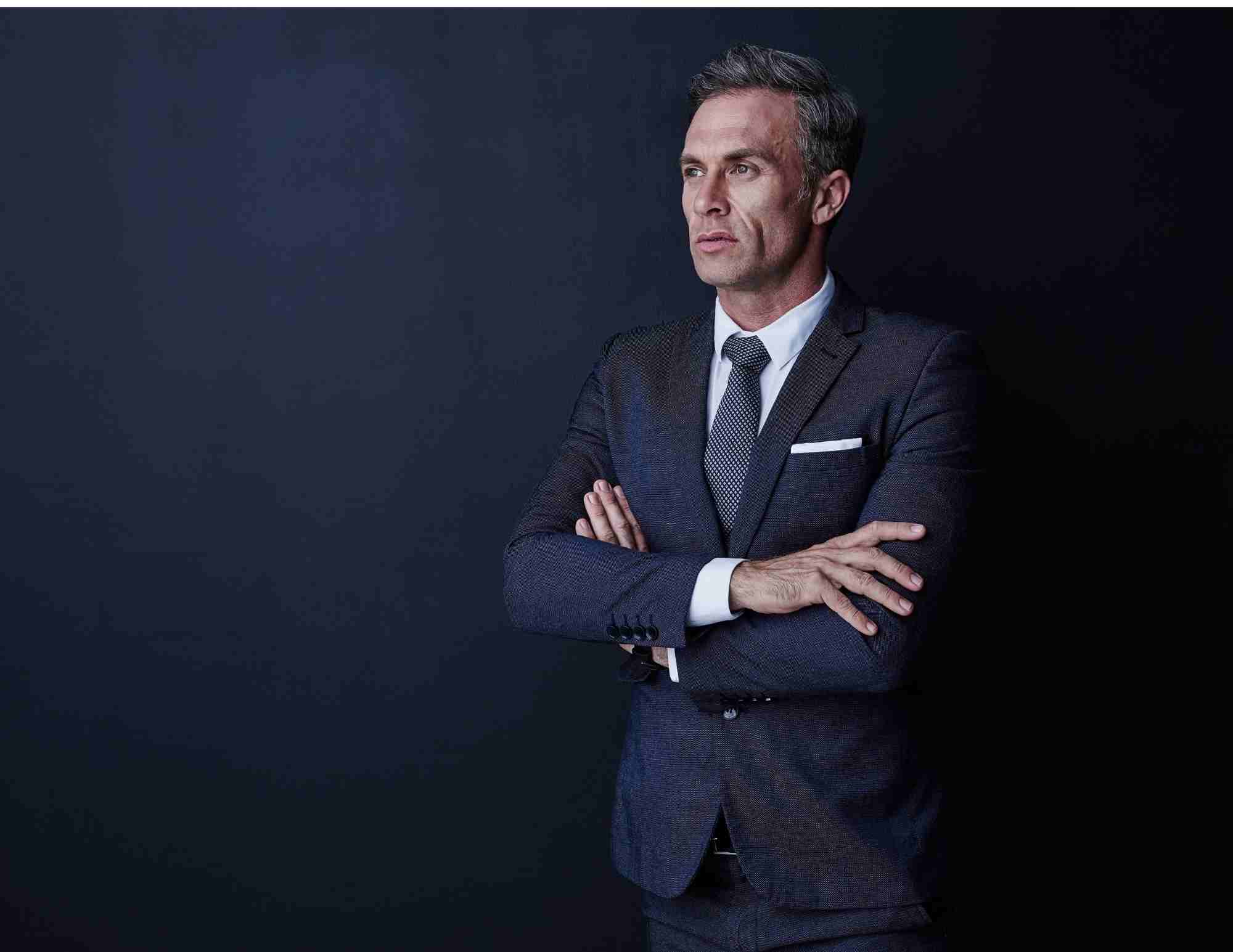
Resilience in the Face of Adversity
In the dynamic world of entrepreneurship, adversity is not a possibility—it’s a guarantee. From financial constraints and market shifts to team disputes and product failures, challenges lurk at every corner.
However, amidst these trials, a crucial trait stands out, distinguishing fleeting ventures from enduring enterprises: resilience. And you better have buckets full of it!
I Guarantee You Will Fail Many Times (on your way to success)
Resilience isn’t just about recovering from setbacks; it’s about evolving through them. You must have the ability to endure storms and emerge not just unscathed but fortified, having gleaned insights from the turbulence.
You, the resilient entrepreneur will have to bounce back from adversities, then actually harness them, transforming challenges into catalysts for growth.
This unwavering spirit of resilience often becomes the undercurrent of success stories, subtly influencing decisions, shaping journeys, and refining visions.
While talent, innovation, and strategy are undoubtedly vital, resilience is the glue that binds them together when the going gets tough. It ensures that obstacles, instead of halting progress, become stepping stones towards greater heights.
Example
Consider the story of Howard Schultz, the driving force behind Starbucks. Schultz, during a trip to Italy, was inspired by the espresso bars and saw an opportunity to bring a similar culture of coffee and community to the United States.
However, the journey wasn’t straightforward. Schultz faced rejection an astounding 242 times from investors who didn’t believe in his vision. He was on the brink of financial ruin, riddled with doubt, and surrounded by naysayers. But his resilience prevailed.
Schultz clung to his vision, persisted through countless rejections, and eventually transformed Starbucks into the global coffee empire we know today. His journey exemplifies the essence of resilience, showcasing how unwavering commitment to a dream, coupled with the grit to overcome adversities, can lead to monumental successes.
Moreover, resilience is intricately tied to adaptability. In the face of adversity, resilience enables entrepreneurs to pivot, reassess, and recalibrate their approach. Instead of viewing setbacks as insurmountable failures, they see them as feedback, guiding them towards a more refined and effective path.
This adaptability, underpinned by resilience, ensures that businesses can thrive in ever-evolving landscapes, meeting challenges head-on and turning them into opportunities.
However, it’s essential to understand that resilience isn’t innate—it’s cultivated. It’s born from experiences, nurtured through challenges, and strengthened by each conquered adversity.
Every rejection, every failed prototype, and every missed milestone is a chance to build this resilience muscle, preparing entrepreneurs for the bigger challenges that lie ahead.

Unwavering Commitment to Growth
Entrepreneurship is not a static journey; it’s an evolving expedition. As markets shift, technologies advance, and consumer preferences change, businesses that remain stagnant risk becoming obsolete.
At the helm of thriving enterprises, you’ll find leaders possessing not just a commitment but an unwavering commitment to growth. This dedication is not merely to expand in size or revenue, but a profound pledge to evolve, learn, and improve consistently.
Entrepreneurs Grow Or Die
This commitment to growth is multifaceted. It encompasses personal development, organizational enhancement, product or service innovation, and even market expansion.
An entrepreneur’s determination to grow ensures that they are not resting on past laurels or becoming complacent. Instead, they are always on the lookout for new opportunities, methodologies, and avenues that can propel them forward.
They are eternally curious, always questioning the status quo, and ceaselessly seeking ways to be better.
Moreover, this commitment acts as a bulwark against the challenges inherent in the entrepreneurial journey. When faced with setbacks, instead of retreating or lamenting, growth-focused entrepreneurs ask, “What can I learn from this?”
They view challenges as opportunities to grow, adapt, and emerge stronger. This mindset transforms potential pitfalls into powerful lessons, ensuring that the trajectory is always upwards, regardless of the bumps along the way.
Example
A quintessential example of this unwavering commitment to growth is found in the story of Netflix. When Reed Hastings co-founded Netflix in 1997, it began as a DVD rental-by-mail service. However, as technology and market dynamics shifted, so did Netflix.
Hastings and his team could have comfortably rested as a dominant player in the DVD rental space, but their commitment to growth and evolution led them to recognize the burgeoning potential of online streaming. In 2007, they introduced the streaming service we know today.
But the commitment didn’t stop there. Recognizing the potential in original content, Netflix then pivoted to producing its shows and movies, fundamentally transforming the entertainment industry.
Today, the name ‘Netflix’ is synonymous with online streaming, but this success is rooted in the company’s relentless pursuit of growth and reinvention.
This commitment extends beyond products and services. It infiltrates company culture, ensuring that teams and individuals are also aligned with this growth mindset.
Employees are encouraged to learn, innovate, and take risks. Mistakes are not penalized but analyzed for lessons. This creates an environment where growth is not just a goal but an intrinsic value, driving every decision, strategy, and action.
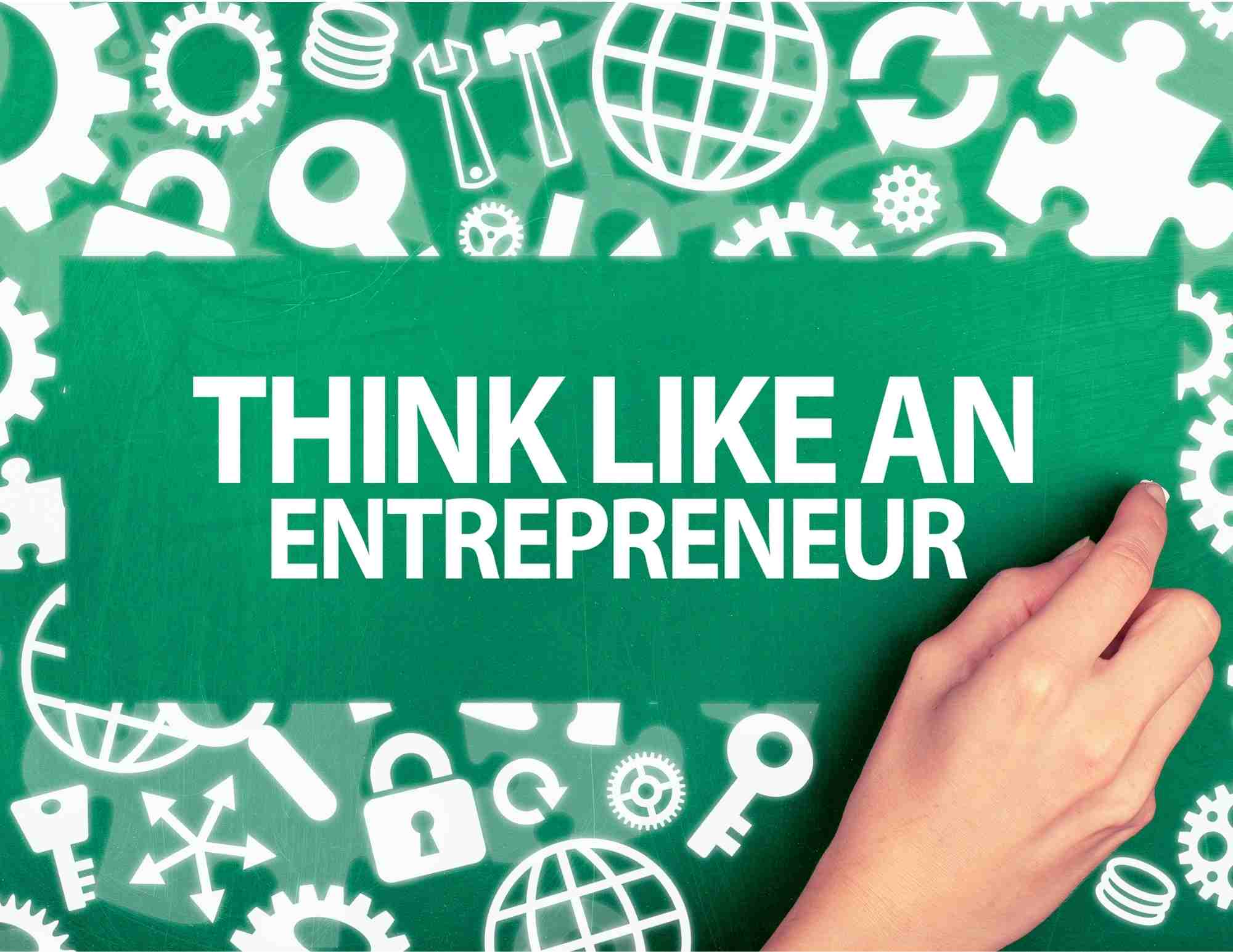
High-Risk, High-Reward
In my business career, I’ve always gravitated towards the riskier ventures – startups without any pay initially, but ideas I believed in 100%. I certianly didn’t win every time I swung for the fences! But … the entrepreneurial world is replete with tales of incredible successes, transformative innovations, and, of course, spectacular failures.
A thread that often runs through these tales, particularly the most remarkable ones, is the principle of “high-risk, high-reward.” This concept, far from being a reckless gamble, is a calculated and conscious choice that embodies the spirit of entrepreneurship. For the brave who tread this path, the potential rewards are monumental, but the journey is fraught with uncertainties and challenges.
ALL of the famous entrepreneurs took significant risk
Embracing high risks in the world of business is not about diving headfirst into ventures without forethought. Early on, I tried that one out (it didn’t work well)! The willingness to accept risk signifies the courage to venture into uncharted territories, pursue novel ideas, and challenge the status quo, even when the odds seem daunting.
This audacity stems from a profound belief in one’s vision and an unwavering commitment to see it through, regardless of external skepticism. The potential rewards of such ventures are not merely monetary but transformative, often pioneering shifts in industries and consumer behaviors.
However, with high potential rewards come inherent risks. These risks can be financial, reputational, or even personal. The possibility of failure is palpable, and setbacks are inevitable.
But what distinguishes visionary entrepreneurs is not their immunity to these risks but their approach to them. They possess an innate ability to see beyond immediate challenges, to envision a brighter, more impactful future, and to harness these risks as motivators rather than deterrents.
Example
A compelling example of the “high-risk, high-reward” paradigm is the journey of Sir Richard Branson and his audacious venture, Virgin Galactic. Branson, no stranger to risks with his vast array of businesses under the Virgin Group, ventured into a realm many deemed fantastical: commercial space travel.
The vision was to create a space tourism company, enabling civilians to experience the wonders of space. The risks? Staggering. From technological challenges and exorbitant costs to safety concerns and regulatory hurdles, the path was anything but smooth.
Many questioned the viability and even the sanity of such a venture. Yet, Branson, driven by his indomitable spirit and vision, persisted.
Today, Virgin Galactic stands as a testament to the “high-risk, high-reward” ethos. The company has not only successfully launched test flights but has opened the doors to an entirely new industry, with potential rewards that extend beyond profits to reshaping how humanity perceives space exploration.
The lesson here is profound. While not every high-risk venture will guarantee a high reward, the courage to embark on such journeys, powered by belief and vision, can lead to outcomes that transcend traditional boundaries. These endeavors redefine industries, shift paradigms, and often pave the way for subsequent innovations.

Building a Stellar Network
This is something I wish I had done better, and done earlier. In the intricacies of entrepreneurship, while product innovation, strategic planning, and capital investment often steal the limelight, there’s an equally pivotal, albeit sometimes underrated, element that can significantly amplify an entrepreneur’s journey: a stellar network.
A robust professional network acts as both a safety net and a springboard, offering insights, partnerships, opportunities, and unwavering support during the inevitable ups and downs of business.
My personal network is not as solid as it good be. But, neither is yours! Networks are, by their very nature, permanent works in progress. You and I will never be done building our networks. But we should always be building!
It’s Who You Know
Building a stellar network is not about collecting business cards or adding LinkedIn connections in a numbers game. It’s about fostering genuine relationships based on mutual respect, trust, and value addition. It’s about understanding that the essence of networking isn’t transactional; it’s transformational.
A well-curated network isn’t just a repository of contacts; it’s a dynamic ecosystem of mentors, peers, collaborators, and even competitors, each bringing unique perspectives, opportunities, and learnings to the table.
One of the most important things I do each month is to set aside an hour of time (usually on the last working Friday of the month). During this hour, I input everyone I met that month, from customers to vendors to prospects, into my contacts database, That way, I always have them in my phone and on my computer. If you don’t do this already, you should.
Attend industry conferences! Join entrepreneurial communities! Participate in workshops! These things all help expand your network. Furthermore, building a robust network isn’t a one-way street. The most effective networks are built on reciprocity.
Offering assistance, sharing insights, or introducing connections without an immediate expectation of return can lead to more profound, long-lasting relationships. This give-and-take enriches the network, making it a vibrant space of mutual growth.
Example
Consider the story of Brian Chesky and Joe Gebbia, co-founders of Airbnb. When they first had the idea of renting out air mattresses in their living room as a means to pay rent, it was far from the global phenomenon we recognize today. One pivotal moment in their journey was attending an event for tech entrepreneurs in New York.
There, they not only secured their first significant press coverage but also expanded their network with people who would later become some of their first investors and advisors. This network proved invaluable as they faced challenges in scaling, refining their business model, and navigating regulatory hurdles.
Their story underscores the profound impact a well-cultivated network can have, turning a seemingly quirky idea into a revolutionary global enterprise.
In essence, while the tangibles of business—products, services, and financials—are undeniably critical, the intangibles, like networks, often play an equally, if not more, significant role in determining an entrepreneur’s trajectory. As the adage goes, “It’s not just about what you know, but who you know.”
Building a stellar network is an investment—an investment of time, effort, and genuine interest. But the dividends it pays, in terms of opportunities, insights, and support, are unparalleled. For aspiring and seasoned entrepreneurs alike, curating and nurturing a robust professional network is not merely a beneficial strategy; it’s a cornerstone of sustained entrepreneurial success.
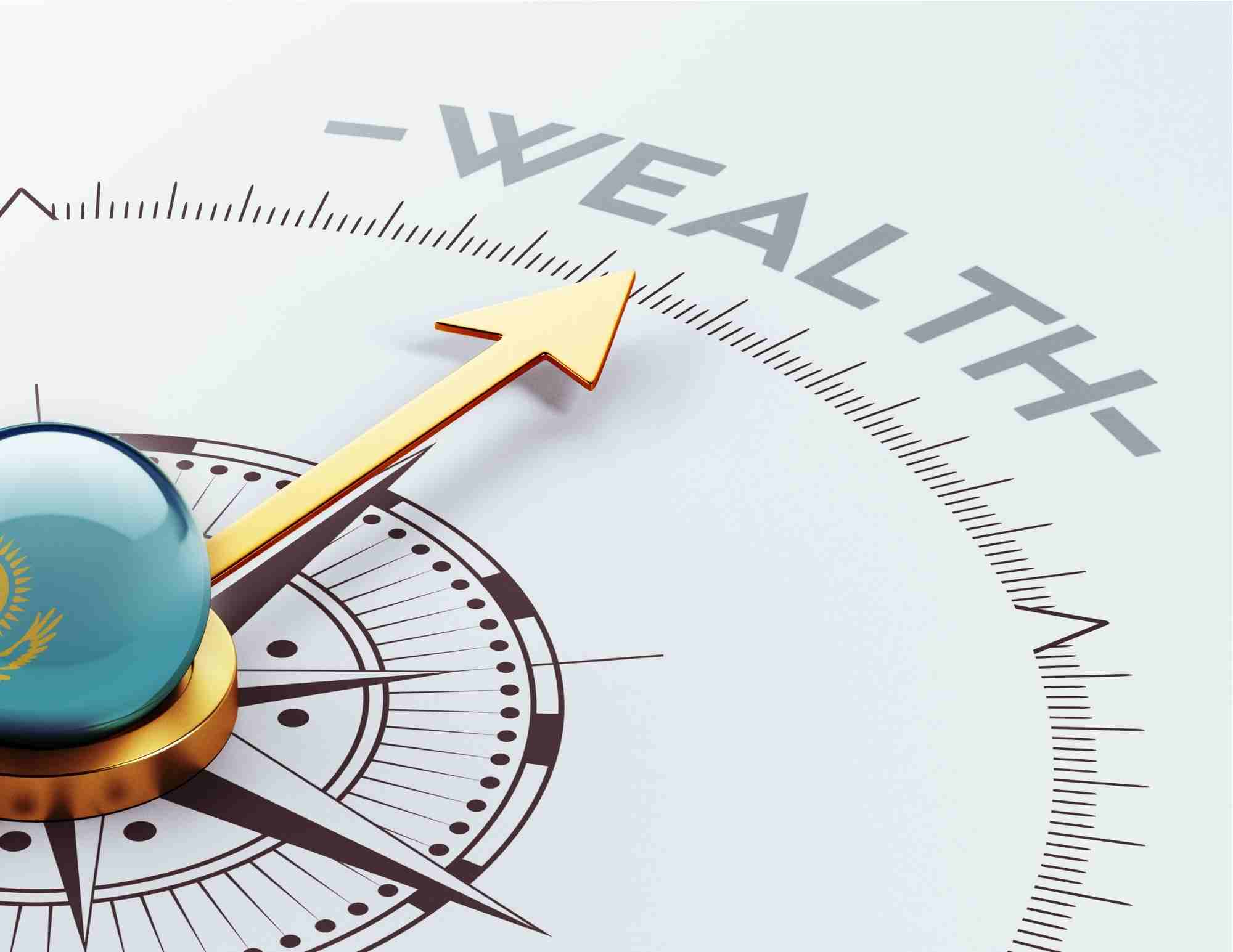
Valuing Time Over Money
In the realm of entrepreneurship, where financial metrics often dominate headlines and boardroom discussions, there’s a more subtle, yet profoundly impactful currency that truly drives success: time. This gets more crucial as you get older (like me).
For visionary entrepreneurs, time isn’t just another resource; it’s the embodiment of opportunity, innovation, and growth. While money is undoubtedly vital, it is replenishable. Time, once spent, is irrevocable. Don’t forget this! You can always make more money if you lose it. But you can never retrieve lost time. Recognizing and internalizing this distinction can be a game-changer in an entrepreneur’s journey.
Fewer Than 1% of People Do This – Entrepreneurs ALWAYS Do It
Valuing time over money is about prioritization, strategic decision-making, and understanding the long-term implications of your actions. It’s about discerning which meetings are essential, which projects warrant attention, and where your personal involvement can make a real difference.
This value system is not about scrimping every minute. It’s about deploying your time where it can yield the most significant impact for you, both for the business and for personal growth.
Moreover, this philosophy extends beyond mere time management. It’s about time investment. Just as astute entrepreneurs evaluate potential financial investments for their ROI, they assess time commitments for their ROTI – Return on Time Invested.
This perspective shifts the paradigm from being ‘busy’ to being ‘productive’. It encourages delegation, automates repetitive tasks, and cultivates a laser-sharp focus on activities that align with core objectives. Please think about this as you plan your days.
Example
Warren Buffett, the legendary investor and chairman of Berkshire Hathaway, offers a compelling example of valuing time over money. Despite his immense wealth, Buffett is known for his frugal lifestyle and disciplined time management. He often mentions that he can buy anything he wants, but he can’t buy time.
This philosophy reflects in his work. Buffett spends a significant portion of his day reading and thinking, understanding that knowledge acquisition and reflection offer more long-term value than being perpetually engrossed in back-to-back engagements.
His calendar isn’t chock-full of meetings but is instead deliberately kept sparse, allowing him the luxury of time to focus on what truly matters. The result? A track record of investment decisions that have not only yielded immense financial returns but have also solidified his status as one of the most astute business minds of our era.
For entrepreneurs, embracing the philosophy of valuing time over money has multifaceted benefits. It fosters mental well-being by preventing burnout, encourages strategic thinking, and cultivates a culture where quality trumps quantity.
It allows for reflection, innovation, and personal growth. And perhaps most importantly, it recognizes that while businesses may have financial objectives, life’s true essence is measured in moments, experiences, and impact.

Maintaining Integrity and Authenticity
IIn today’s ever-changing business world, some things always stay true. Top of that list? Integrity and authenticity. These aren’t just trendy terms – they’re the core of who you are as a businessperson, and they shape your business’s identity too.
Even as strategies shift, products evolve, and markets fluctuate, sticking to these core values is like having your own North Star. They’ll guide you through smooth sailing and rough waters alike in your entrepreneurial journey.
Entrepreneurs Must Be Authentic
Example
The journey of Howard Schultz, the driving force behind Starbucks, exemplifies the power of integrity and authenticity. When Schultz first experienced espresso bars in Milan, he was captivated not just by the coffee but by the sense of community and connection these establishments fostered.
As he scaled Starbucks, it wasn’t just about replicating a coffee model; it was about recreating that sense of community. This authentic vision led to decisions that were sometimes counterintuitive from a pure business perspective: investing in employee health insurance, focusing on sustainable sourcing, and creating spaces that prioritized connection over rapid turnover.
Schultz’s integrity was further highlighted during challenging times. When Starbucks faced a slump, instead of resorting to cost-cutting measures that compromised employee welfare or product quality, Schultz revisited the company’s core values, leading a transformation that put the brand back on its growth trajectory.
For entrepreneurs, the lesson is clear. While market dynamics can necessitate shifts in strategy, compromising on integrity and authenticity is a perilous path. In the short term, it might yield gains, but in the long run, it erodes trust, both internally with teams and externally with customers and partners.

Innovative Thinking
In the annals of entrepreneurship, a constant thread runs through the most transformative enterprises: the spirit of innovative thinking. At its core, innovation isn’t just about inventing something new; it’s about reimagining, reinventing, and challenging the status quo. It’s this unyielding desire to look beyond the obvious, to question accepted norms, and to see opportunities where others see obstacles that sets apart businesses that lead from those that follow.
Lack of thinking = lack of wealth
Innovative thinking transcends mere product development. It permeates every facet of a business, from operational processes and customer experiences to marketing strategies and company culture. It’s a mindset, a way of approaching problems with a fresh, unconstrained perspective. By fostering this mindset, entrepreneurs not only navigate the challenges of the present but also anticipate and shape the future.
One essential component of innovative thinking is curiosity. It’s the insatiable quest to understand ‘why’ and ‘what if.’ This curiosity, coupled with a willingness to take risks, paves the way for breakthrough ideas. It means looking outside one’s industry for inspiration, being receptive to feedback, and creating an organizational culture that celebrates experimentation and learns from failures.
Example
Take, for example, the story of Sara Blakely, the founder of Spanx. Starting with just $5,000 and a disruptive idea to redefine women’s undergarments, she took on an industry dominated by established players. Her journey began with a personal frustration about the available options for undergarments. Instead of waiting for a solution, she designed one. Sara’s innovative thinking led her to experiment with prototypes, patent her designs, and eventually introduce a product that fundamentally altered her market segment. What set Sara apart wasn’t just her product but her approach to marketing, branding, and customer engagement. She bypassed traditional advertising, relying instead on word of mouth and direct engagement, showcasing an innovative approach not only in product design but in business strategy. Today, Spanx is a multi-billion dollar company, and Blakely’s innovative thinking continues to drive its expansion into new product areas and markets.
For entrepreneurs, the Netflix saga provides a valuable lesson in agility and foresight. It underscores that innovative thinking is not a one-time activity but a continuous journey. It’s about staying attuned to external shifts, be they in technology, market dynamics, or consumer behavior, and being nimble enough to adapt.
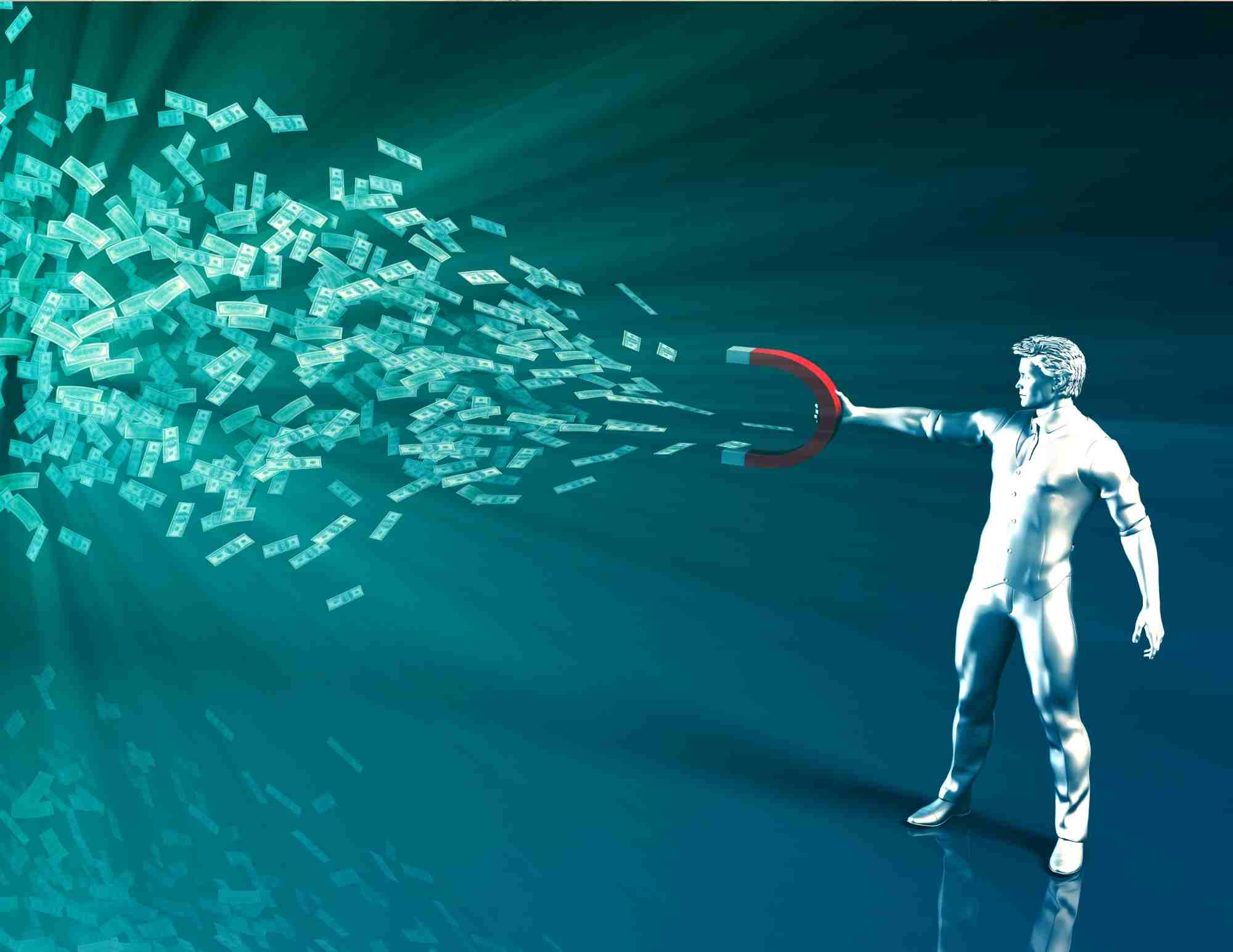
Conclusion
Thinking like a $50 million entrepreneur is about more than just wealth—it’s about embracing a mindset that prioritizes vision, growth, resilience, and integrity. By internalizing these values and principles, any budding entrepreneur can set themselves on a path towards significant success and potentially amassing a noteworthy net worth. After all, it’s not just about the destination but the journey and the mindset you cultivate along the way.
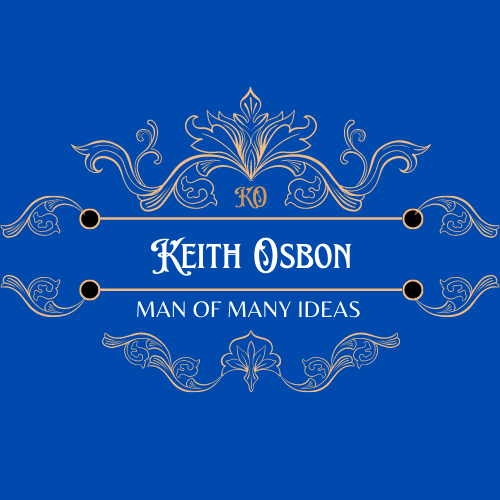


Recent Comments